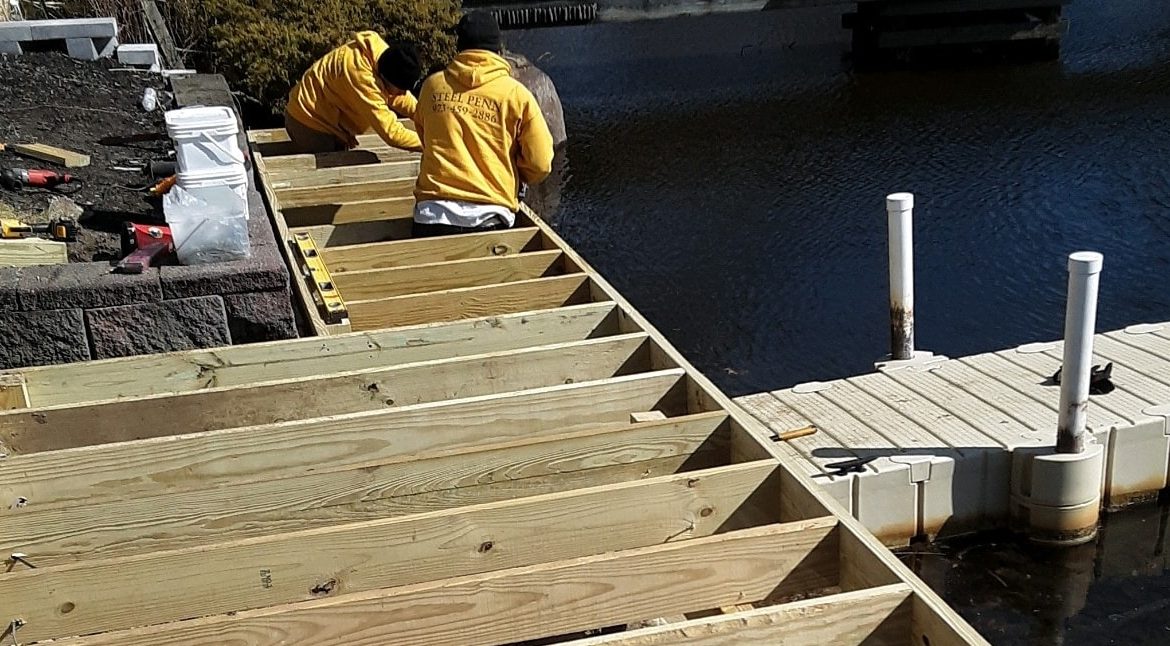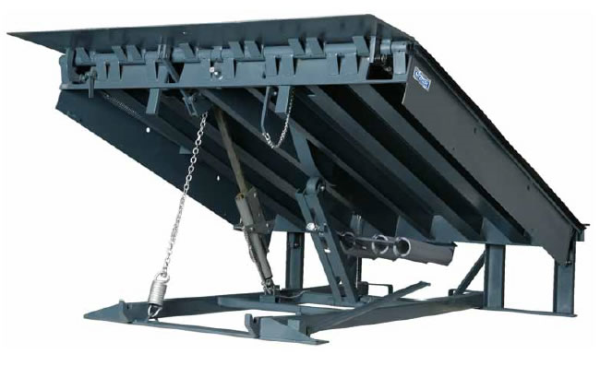DIY Tips for Simple Dock Repairs You Can Manage
DIY Tips for Simple Dock Repairs You Can Manage
Blog Article
How to Address Common Dock Repair Service Issues for Safe Water Tasks

Identifying Common Dock Issues
Recognizing typical dock problems is essential for maintaining the functionality and security of your waterfront property. Routine evaluations can help uncover problems before they come to be extreme, making certain both the durability of the dock and the safety of those who utilize it.
Another usual issue is the deterioration of flotation devices. These tools are necessary for maintaining the dock resilient, and any damage or leaks can cause the dock to checklist or sink. On a regular basis examining for leakages or waterlogged drifts can preempt more substantial issues.
Additionally, algae and barnacle build-up on the dock's surface can develop dangerous and slippery problems. This biofouling not only postures a risk to users but can additionally increase the deterioration of the dock products.
Lastly, inspecting for indications of rust on steel parts is crucial. Corrosion can endanger the honesty of the dock's framework, making it hazardous. By consistently identifying these typical dock concerns, you can ensure that your dock remains safe and practical for many years ahead.
Repairing Rotting Wood
When dealing with the issue of decomposing wood on your dock, it is vital to act quickly to stop additional deterioration. Begin by extensively checking the entire framework to identify all affected locations. Utilize a screwdriver to probe the wood; if it sinks in quickly, the wood is most likely rotted and requires instant attention.
Be certain to reduce back to healthy and balanced, solid timber, ensuring you eliminate all endangered product. After elimination, treat the remaining wood with a wood preservative to protect against future rot.
Next, replace the gotten rid of areas with marine-grade lumber or pressure-treated wood, which are more resistant to water damages. Protect the brand-new items with galvanized or stainless-steel fasteners to stop corrosion. Additionally, applying a waterproof sealer to the brand-new timber can supply an additional layer of defense.
Protecting Loosened Boards
Exactly how do you guarantee your dock remains risk-free and useful for all its customers? One vital element is securing loosened boards, which can or else position significant risks. Loosened boards not only enhance the danger of tripping however can also jeopardize the architectural stability of the whole dock.

For reinstallation, utilize galvanized or stainless steel screws, as these products supply premium resistance to corrosion in marine atmospheres. Ensure the screws are long enough to pass through deep into the underlying assistance framework, but not so lengthy that they extend through the dock's surface. Pre-drilling pilot openings can assist stop the timber from splitting.
Lastly, maintain a regular examination schedule to recognize and address any brand-new concerns quickly. By protecting loose boards efficiently, you add to the general safety and durability of your dock, making it a reliable platform for water activities.
Supporting Unstable Pilings
Making certain the stability of unsteady pilings is extremely important to keeping a safe and practical dock. Unsteady pilings can endanger the whole structure, posing considerable dangers to users and possibly leading to find out costly repair work. The primary step in stabilizing these essential components is a detailed assessment. Check out the pilings for indicators of rot, damages, or changing. Use a level to look for vertical placement and ensure they are driven deep sufficient into the substrate to supply ample assistance.
If the pilings are discovered to be unpredictable, one effective technique for reinforcement is the use of additional supporting. Cross-bracing with dealt with lumber or galvanized steel can significantly boost security. Anchor the dental braces safely to both the pilings and the dock structure to disperse tons uniformly.

Normal upkeep and regular review of the pilings' security are crucial to making certain long-term dock safety and security and capability.
Changing Rusty Equipment
Addressing unstable pilings is simply one facet of keeping a dock's integrity; another important worry is replacing corroded hardware. In time, direct exposure to moisture and salt can lead to the oxidation and corrosion of bolts, screws, and brackets, compromising the entire structure's safety and security. Regular assessment for corrosion is necessary, specifically after extreme weather or seasonal adjustments.
When rusty hardware is identified, immediate action is called for. Begin by picking marine-grade stainless steel or galvanized hardware, both designed to withstand the rough aquatic environment. Guarantee that you have the proper devices, such as wrenches and screwdrivers, to safely get rid of the old, rusty pieces without causing additional damage to the dock.
After removing the rustic hardware, completely tidy the influenced locations to remove any kind of recurring rust or debris. Use a rust-inhibiting guide to exposed metal surface areas prior to mounting the new hardware. Tighten all fixtures safely to avoid future loosening, and occasionally examine the fittings to make certain continuous security.
Replacing rusty equipment not only prolongs the dock's life-span but likewise substantially boosts the safety and security of water tasks. By proactively handling corrosion, you secure both the framework and its customers, ensuring a protected and satisfying waterfront experience.
Conclusion
Regular inspections and maintenance are essential to resolve common dock fixing concerns and make certain safe water tasks. Such proactive steps add to the overall safety and performance of dock frameworks, Visit Website promoting a safe environment for water-based activities.
Guaranteeing the safety of water tasks hinges substantially on the proper maintenance and repair of anchors (Dock Repairs). These devices are essential for keeping the dock resilient, and any kind of damage or leaks can cause the dock to you can look here list or sink. By routinely determining these common dock problems, you can make certain that your dock remains safe and functional for years to come
Making certain the stability of unstable pilings is extremely important to keeping a safe and functional dock.Normal inspections and maintenance are crucial to deal with common dock fixing problems and make sure secure water activities.
Report this page